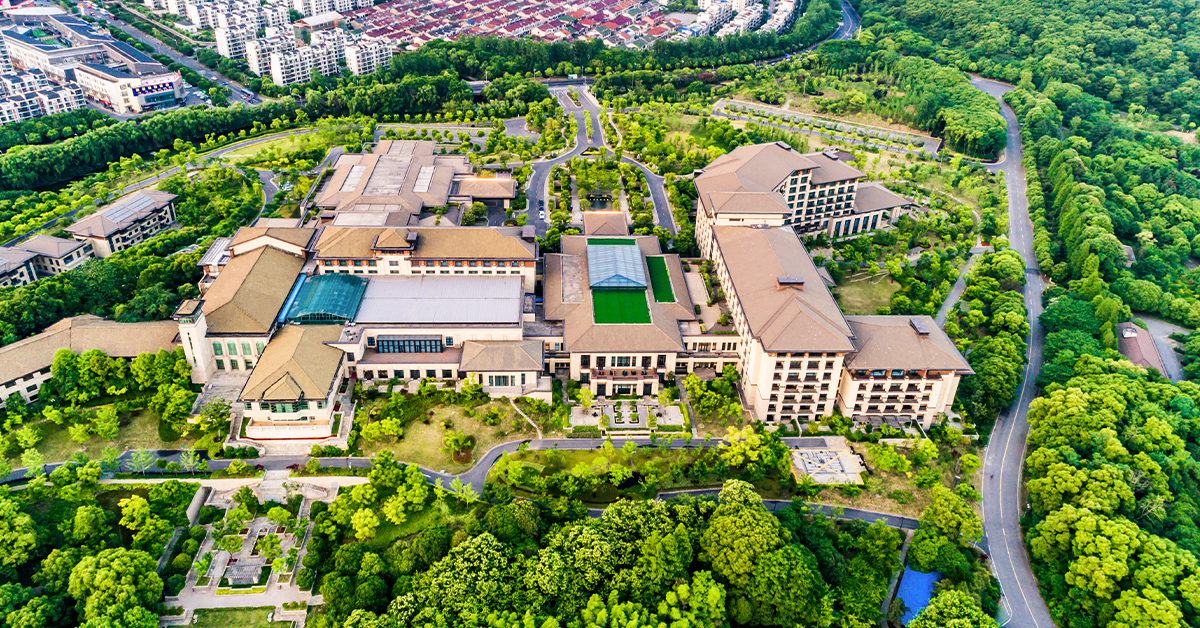Green Buildings & Net-Zero Homes: The Future of Urban Housing
The way we live in cities is changing. With rising concerns about climate change, energy use, and urban pollution, real estate developers are shifting focus toward green buildings and net-zero homes. These aren’t just buzzwords anymore — they’re becoming the foundation of modern urban housing.
Let’s explore what they mean, why they matter, and how they’re set to shape the future of real estate.
What Are Green Buildings?
Green buildings are designed to minimize their environmental impact. They use eco-friendly materials, optimize natural light and ventilation, and integrate energy-efficient technologies. From rainwater harvesting systems to solar panels and low-energy lighting, every aspect is built to reduce resource consumption.
The result? Lower energy bills for residents, healthier indoor spaces, and a smaller carbon footprint for cities.
What Are Net-Zero Homes?
A step ahead of green buildings, net-zero homes are designed to generate as much energy as they consume. Typically, they rely on solar panels, wind energy, or other renewable sources, coupled with smart appliances and energy-efficient designs.
Imagine living in a house where your electricity meter runs in reverse because your rooftop solar generates more power than you use. That’s the promise of net-zero living.
Why Are They the Future of Urban Housing?
- Environmental Responsibility
Cities contribute massively to global emissions. Green housing helps cut down on pollution and promotes sustainable growth. - Lower Costs for Residents
While construction may cost more upfront, the savings on electricity, water, and maintenance bills make it cost-effective in the long run. - Government Push & Incentives
Across India and globally, governments are offering tax benefits, subsidies, and fast-track approvals for sustainable housing projects. - Rising Buyer Awareness
Today’s urban homebuyers are more conscious about the environment and want healthier, sustainable living spaces for their families.
Trends to Watch in 2025 & Beyond
- Solar-integrated rooftops becoming a standard feature in city apartments.
- Smart homes with AI-powered energy management systems that optimize usage.
- Green certifications (like IGBC and LEED) influencing property value and buyer choices.
- Sustainable materials like bamboo, recycled steel, and eco-concrete gaining traction in construction.
Impact on Real Estate Values
Properties with eco-friendly certifications or net-zero designs are already commanding higher resale values. Investors see them as future-proof assets since energy-efficient homes will always be in demand.
In fast-growing urban areas, green projects also enjoy faster sales cycles compared to conventional housing.
Conclusion
Green buildings and net-zero homes aren’t just a trend — they are the future of urban housing. As cities expand and environmental concerns grow, sustainable real estate is becoming both a necessity and a smart investment.
For buyers, it means healthier, cost-efficient living. For developers, it opens new opportunities to stand out in a competitive market. And for cities, it paves the way toward a cleaner, greener future.


